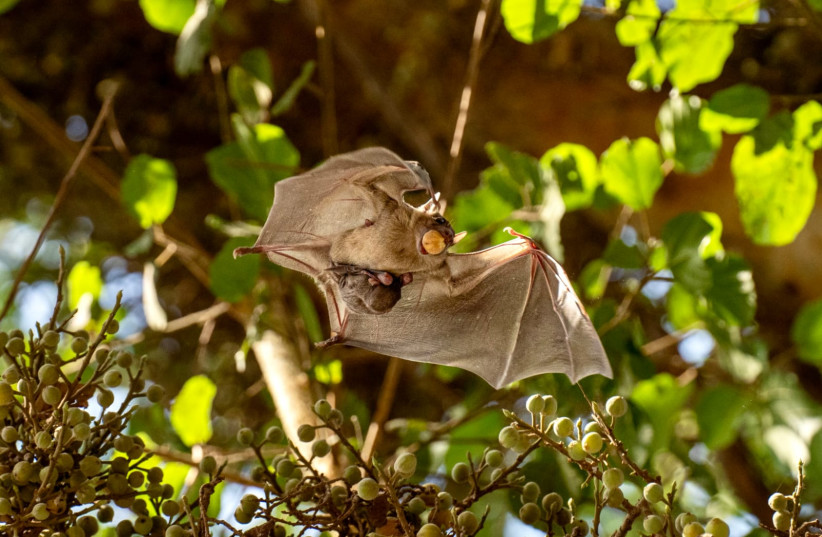Bats suffering from hearing loss can teach us about age-related hearing loss in people
The researchers found that the bats’ sense of hearing does in fact deteriorate with age, but at a relatively slow rate compared to humans and other mammals.
Tel Aviv University (TAU) researchers have found that the relatively slow rate of age-related hearing loss despite lifelong exposure to very high noise levels could indicate that bats have developed special adaptations for coping with their noisy environment.
The mistaken assumption that aging bats don’t suffer hearing loss is derived from the fact that hearing is so critical to the bats’ echolocation system so they supposedly preserve a good hearing ability – enabling orientation in the air – even at an advanced age.
Bats' sense of hearing deteriorate with age
In the present study, the researchers found that the bats’ sense of hearing does in fact deteriorate with age, but at a relatively slow rate compared to humans and other mammals.
Yovel explained that the ability to discern high frequencies is critical for the survival of bats that rely on it to orient themselves in their surroundings, but until now, no study has systematically examined the effects of aging on hearing in bats.
The researchers used the accumulation of DNA (a biological process by which methyl groups are added to the DNA molecule and can change the activity of a DNA segment without changing the sequence) to assess the age of 47 wild Egyptian fruit bats (Rousettus aegyptiacus).
They then tested their hearing by monitoring auditory brainstem responses to sounds of varying frequency and intensity. The recordings clearly indicated an age-related hearing loss, and just like in humans, this deterioration was more marked in the higher frequencies. The rate of deterioration was found to be similar to hearing loss observed in aging humans.
Additional tests showed that like in humans, hearing loss in bats is related to the structure and function of the cochlea – a spiral-shaped cavity in the inner ear that is filled with fluid – along with slower processing by the auditory nerve. Tarnovsky explained that in humans, “this last symptom can affect speech comprehension. In older bats, it can be detrimental to echolocation.
The Egyptian fruit bats we studied rely on echolocation to perform various tasks, but whenever possible they also rely substantially on eyesight. Therefore, our tests should be replicated in bats with poor eyesight that rely almost exclusively on echolocation to orient themselves.”
The researchers assume that one cause of hearing loss in Egyptian fruit bats could be cumulative exposure to high noise levels in their environment. Like many other bat species, Egyptian fruit bats live in large colonies and use loud and frequent social vocalizations to communicate.
By placing several microphones inside the fruit bats' cave, Tarnovsky and her colleagues discovered that the bats are frequently exposed to a sound intensity of over 100 decibels, which is equal in loudness to that of a motorcycle or power saw. Surprisingly, the loudest noise was found in low frequencies, while the tests indicated that hearing loss occurs mostly in high frequencies.
“Bats’ relatively slow rate of age-related hearing loss – similar to the rate in humans – despite lifelong exposure to very high noise levels may indicate that bats have developed special adaptations for coping with their noisy surroundings,” concluded Yovel. “We hope that understanding these adaptations can provide new insights about the mechanisms of age-related hearing loss in humans.”
Here's What Bat Echolocation Sounds Like, Slowed Down



No comments:
Post a Comment
Stick to the subject, NO religion, or Party politics